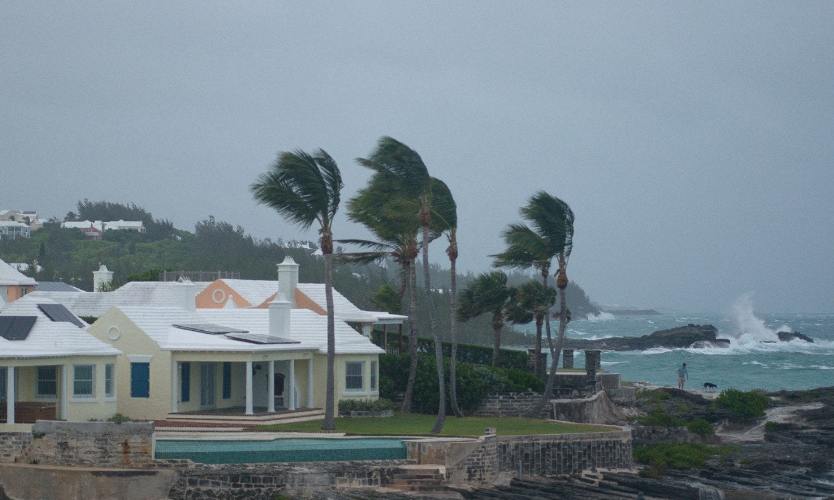The season’s first major hurricane, Fiona
The coast of Puerto Rico within the first two hours of the storm’s arrival, photo courtesy of News Portal 18
November 18, 2022
On Wednesday, Sept. 21, Hurricane Fiona was declared a category four storm as it gradually strengthened and devastated Puerto Rico and Caribbean Islands.
Fiona became the first major hurricane with a threat of category three or higher. There are over half a million residents in Puerto Rico without power as a result of catastrophic flooding, damaging winds, and mudslides. Before hitting Puerto Rico and the Caribbeans, Fiona first developed on Sept. 14 from a wave that emerged from West Africa. That soon developed into a tropical storm, east of the Windward Islands. This tropical storm progressed into a hurricane, gradually moving west, hammering Puerto Rico, the Dominican Republic, and the Caribbeans.
Fiona caused broad devastation, as multiple deaths and injuries were reported as a result of its dumping multiple feet of rain on the Puerto Rico island and destroying the U.S territory’s electricity supply on the island. Although power was restored to 300,000 residents, the majority of the island still remains without power. The governor, Pedro Pierluisi, expresses his sentiments regarding the aftermath of Fiona, describing the sites of Puerto Rico as “catastrophic”.
Pierluisi visited the towns of Yabucoa and Maunabo, both in the Southeast region of the island, where the most damage occurred. On Tuesday, Sept. 20th, Luma Energy, the company in charge of power distribution and transmission in Puerto Rico restored power to over 286,000 customers in the U.S territory, as stated that this was a part of their hurricane response plan of action.










